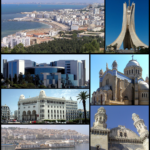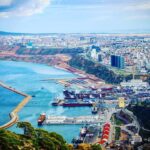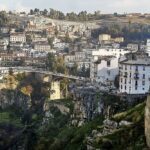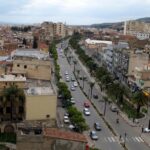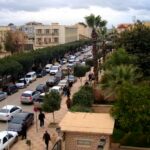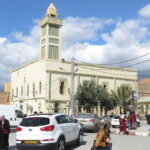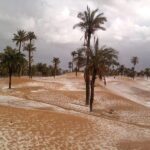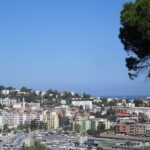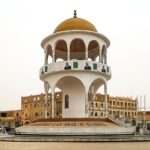Ghardaia (Ghardaïa)
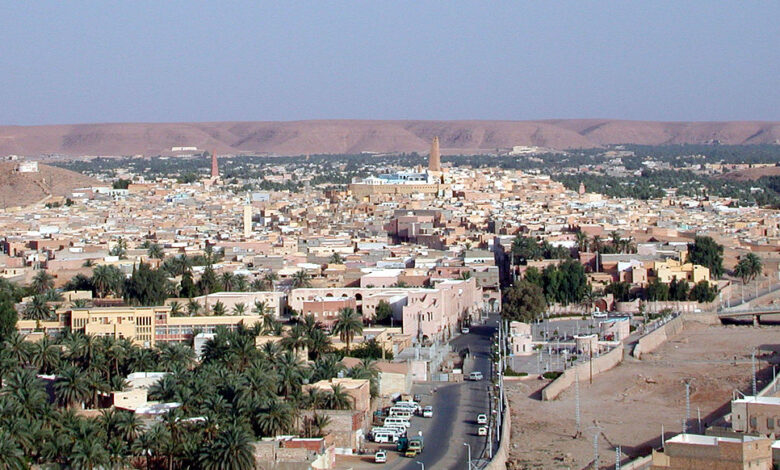
Ghardaïa is a city located in the Algerian Sahara Desert, approximately 600 km south of Algiers. It is the capital of the M’zab Valley, a region known for its five fortified cities, built in the 11th century by Ibadi Berbers.
| ID |
|---|
| 31347 |
| Name |
| Ghardaïa |
| State ID |
| 1127 |
| State Code |
| 47 |
| State Name |
| Ghardaïa |
| Country ID |
| 4 |
| Country Code |
| DZ |
| Country Name |
| Algeria |
| Latitude |
| 32.49094000 |
| Longitude |
| 3.67347000 |
| WikiData ID |
| Q622841 |
